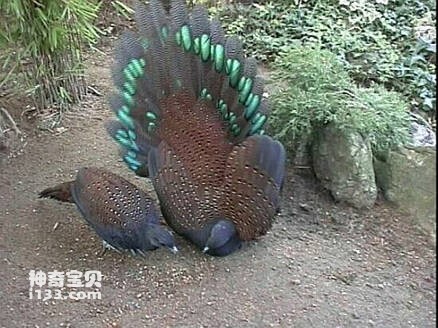Polyplectron inopinatum
IUCN
LCBasic Information
Scientific classification
- name:Polyplectron inopinatum
- Scientific Name:Polyplectron inopinatum,Mountain Peacock Pheasant
- Outline:Landfowl
- Family:P.Genus P.family
Vital signs
- length:About 60 cm
- Weight:450-710g
- lifetime:No textual research information is available
Feature
Distribution and Habitat
It is distributed in the Pacific Islands (including Taiwan Province of China, Dongsha Islands, Xisha Islands, Zhongsha Islands, Nansha Islands, and the Philippines, Brunei, Malaysia, Singapore, Indonesia's Sumatra, Java Island, and Papua New Guinea).
Appearance
The details are unknown.
Details
Polyplectron inopinatum, Mountain Peacock Pheasant often live alone or in pairs, mostly on the wet ground with dense forests and well-developed understory vegetation, with frequent activities in the morning and afternoon. Sex is alert and timid. Male birds are particularly cautious when they are active, generally quietly, and often stand still and pay attention when they find something unusual. Found danger, immediately screamed and fled, burrowed into dense brush or grass, generally do not take off. When danger is near or imminent, they flee by flight. Generally, they do not fly far, usually land tens of meters, and continue to run to escape after landing. They rarely fly into trees, but they roost in them at night. The call is short and loud, and it gets louder as it gets louder. It feeds mainly on insects, worms and plant stems, leaves, fruits and seeds. Mainly on the ground to eat, use the mouth to peck, occasionally with the feet to find.

The breeding season is April to June. At the beginning of March, male birds appeared courtship behavior, courtship show off as a positive type. When the female approaches the male, the male is in front of the female, facing the female, lowering the front of the body, spreading his wings slightly, raising his tail and opening towards the female, and when the female walks away, the male returns to normal. They usually nest in dense forests in the low mountains and foothills. The nest is mostly placed next to roots or on the ground in the grass, very simple, mainly using natural pits on the ground, and it is filled with dead grass stems, leaves or feathers. The female incubates her eggs for 21 days.
IUCN Red List Protection Level: Vulnerable (VU).
Protect wild animals and eliminate wild meat.
Maintaining ecological balance is everyone's responsibility!








